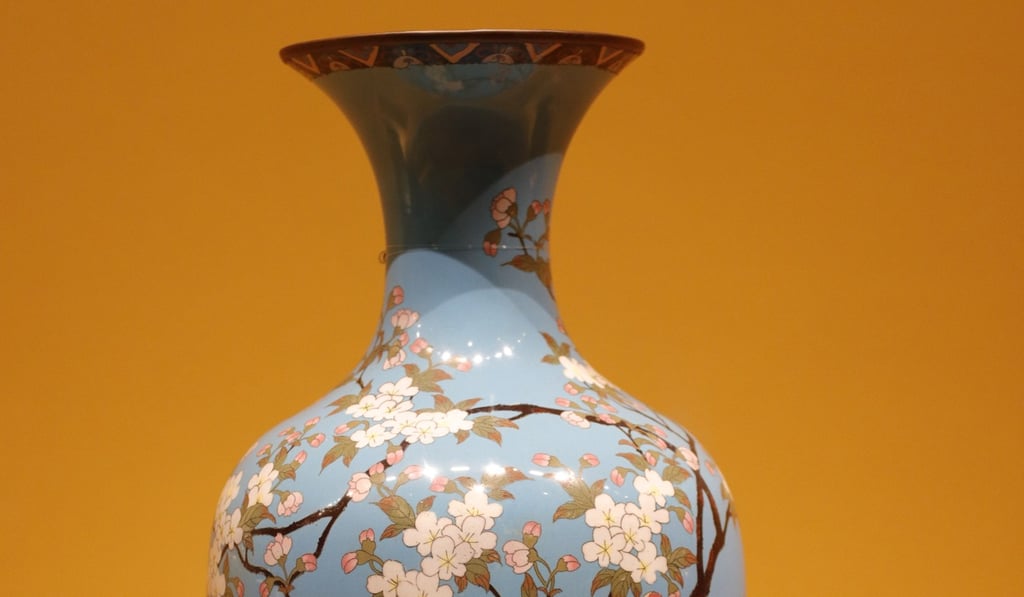Kulangsu Gallery on Gulangyu Island exhibits artefacts from Beijing’s Palace Museum
Gallery is exhibiting works given as gifts to China by foreign missions during the Ming and Qing dynasties, selected from collections in Beijing

Xiamen’s art scene gained historical depth last month with the opening of the Kulangsu Gallery of Foreign Artefacts from the Palace Museum Collection.
The gallery brings together a historical site on Gulangyu Island, a former colonial outpost, with the parent museum’s 1.8 million artefact collection, of which a mere 1 per cent are on display at any one time, according to Shan Jixiang, director of the Palace Museum in Beijing.
The Gulangyu gallery repurposes the former Hope Hospital and Nurses’ School, a national heritage site with buildings constructed in 1898 and 1926. While the site itself covers more than 10,000 square metres, the gallery initially has more than 200 foreign antiques on display, according to Shan.
The collection is largely culled from items gifted to China during the Ming (1368-1644) and Qing (1644-1911) dynasties by foreign missions from countries such as Great Britain, France, Germany and the US. Most prevalent are items from the 1700s and 1800s.

The general public has never before viewed many of the items on display, which include calligraphy works, clocks, lacquerware, paintings and pottery. More esoteric objects are also covered, including scientific instruments and even a vessel of ointment to treat headaches. The exhibits will change every three to six months, Li says.
